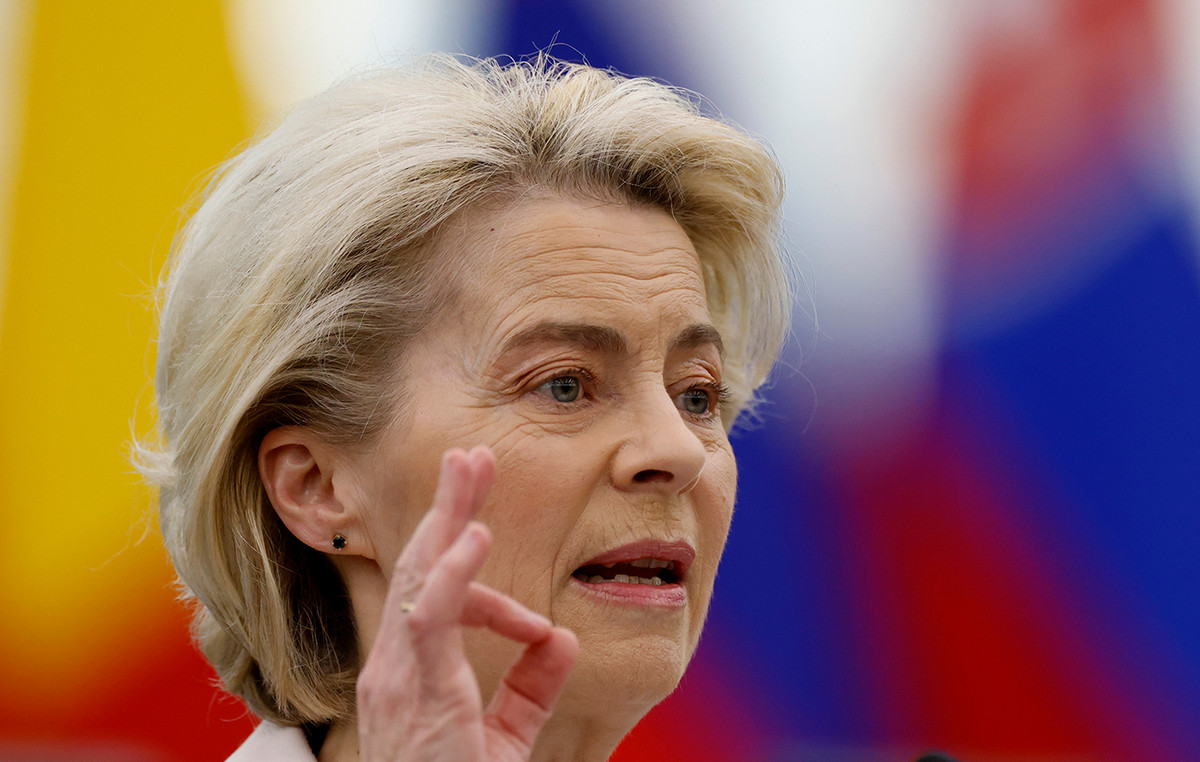- GBP/USD attracts some dip buyers after an intraday drop to the 1.2500 area.
- The USD struggles to capitalize on its modest gains and lends some support to the pair.
- Expectations of slower rate cuts from the Fed and rising US bond yields favor USD bulls and could limit gains.
The GBP/USD pair attracted new sellers on Tuesday and fell to the 1.2500 area, closer to its lowest level since May 2024 during the Asian session. However, spot prices manage to bounce a few pips from the daily low and are currently trading around the mid-1.2500 zone, down just over 0.10% on the day.
The underlying bullish sentiment in global financial markets is not helping the safe-haven US Dollar (USD) to capitalize on its modest intraday gains, which, in turn, offers some support to the GBP/USD pair. However, any significant depreciation of the USD appears elusive amid speculation that US President-elect Donald Trump’s expansionary policy will reignite inflation and force the Federal Reserve (Fed) to slowly cut interest rates. .
Meanwhile, the initial market reaction to the nomination of Scott Bessent as US Treasury Secretary turned out to be short-lived and is evident by a further spike in US Treasury bond yields. Added to this are persistent geopolitical risks stemming from the war between Russia and Ukraine and ongoing conflicts in the Middle East, which should act as a tailwind for the safe-haven dollar. This, in turn, could limit any further gains for the GBP/USD pair.
Bearish traders, however, need to wait for a sustained breakout and acceptance below the 1.2500 psychological level amid reducing expectations that the Bank of England (BoE) will cut rates next month. Data released last week showed underlying price growth in the UK accelerated sharply to a year-on-year rate of 2.3% in October. This suggests that the BoE will proceed cautiously on rate cuts and could offer support to the British Pound (GBP).
Investors now await the release of the FOMC meeting minutes, which will be scrutinized for clues about the future path of rate cuts. Attention will then turn to the first review of US third-quarter GDP growth and US Personal Consumption Expenditure (PCE) Price Index data later this week. The crucial data will play a key role in influencing the near-term USD price dynamics and provide a significant boost to the GBP/USD pair.
US Dollar PRICE Today
The table below shows the percentage change of the US Dollar (USD) against major currencies today. US dollar was the strongest currency against the Canadian dollar.
| USD | EUR | GBP | JPY | CAD | AUD | NZD | CHF | |
|---|---|---|---|---|---|---|---|---|
| USD | 0.08% | 0.07% | -0.17% | 0.77% | 0.03% | 0.00% | 0.07% | |
| EUR | -0.08% | -0.01% | -0.27% | 0.70% | -0.05% | -0.06% | -0.01% | |
| GBP | -0.07% | 0.01% | -0.23% | 0.71% | -0.03% | -0.05% | 0.00% | |
| JPY | 0.17% | 0.27% | 0.23% | 0.96% | 0.22% | 0.19% | 0.26% | |
| CAD | -0.77% | -0.70% | -0.71% | -0.96% | -0.74% | -0.76% | -0.70% | |
| AUD | -0.03% | 0.05% | 0.03% | -0.22% | 0.74% | -0.02% | 0.04% | |
| NZD | -0.01% | 0.06% | 0.05% | -0.19% | 0.76% | 0.02% | 0.06% | |
| CHF | -0.07% | 0.00% | -0.00% | -0.26% | 0.70% | -0.04% | -0.06% |
The heat map shows percentage changes for major currencies. The base currency is selected from the left column, while the quote currency is selected from the top row. For example, if you choose the US Dollar from the left column and move along the horizontal line to the Japanese Yen, the percentage change shown in the box will represent USD (base)/JPY (quote).
Source: Fx Street
I am Joshua Winder, a senior-level journalist and editor at World Stock Market. I specialize in covering news related to the stock market and economic trends. With more than 8 years of experience in this field, I have become an expert in financial reporting.







